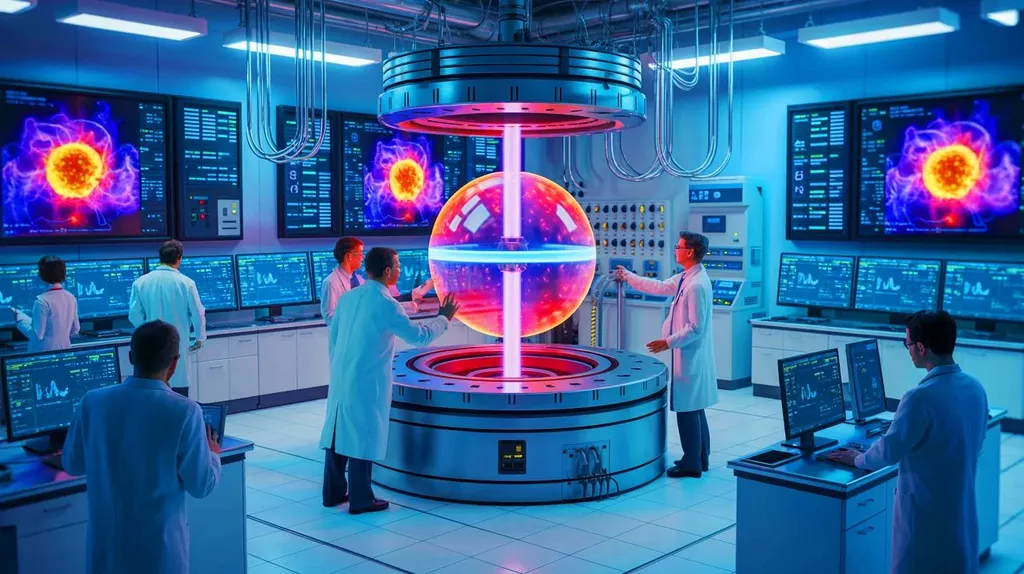In the quest for cleaner, more sustainable energy, scientists are delving deep into the heart of fusion energy research, where understanding and controlling plasma instabilities is key to unlocking the full potential of tokamak reactors. A recent study published in the journal “Nuclear Fusion” (formerly known as “Fusion Energy”) has shed new light on a peculiar electromagnetic instability known as the kinetic infernal mode (KIM), offering insights that could significantly impact the future of fusion energy.
Led by Gengxian Li from the Institute for Fusion Theory and Simulation at Zhejiang University in Hangzhou, China, the research team employed global gyrokinetic simulations using the Gyrokinetic Toroidal Code (GTC) to investigate KIM. Their findings reveal a fascinating transition between KIM and another well-known instability, the kinetic ballooning mode (KBM), as magnetic shear varies.
“Our simulations show that the electromagnetic instability transitions smoothly from KBM to KIM in both frequency and growth rate when magnetic shear changes from strong to weak,” Li explained. This suggests that KIM and KBM might be the same physical mode, manifesting different structures due to the influence of magnetic shear.
The team identified the variation in the spacing of adjacent mode rational surfaces as the crucial mechanism governing this mode transition. Moreover, they found that KIM tends to grow where the shear stabilizing effect is weakest, rather than at the location of maximum density or temperature gradient. The magnitude of the growth rate, however, is influenced by both magnetic shear and pressure gradient.
Understanding and controlling these instabilities is vital for the commercial viability of fusion energy. Tokamaks, the most researched magnetic confinement device, rely on a precise balance of forces to contain the ultra-hot plasma where fusion reactions occur. Instabilities like KIM can disrupt this balance, leading to energy losses and potential damage to the reactor walls.
The insights gained from this research could pave the way for more stable and efficient tokamak designs. By fine-tuning magnetic shear and pressure gradients, engineers might be able to suppress or mitigate these instabilities, bringing us one step closer to harnessing the power of fusion energy on a commercial scale.
As the world grapples with the pressing need for clean, sustainable energy, research like this offers hope for a future powered by fusion. The journey is long and fraught with challenges, but each discovery brings us closer to a world where clean, abundant energy is a reality, not just a dream.

